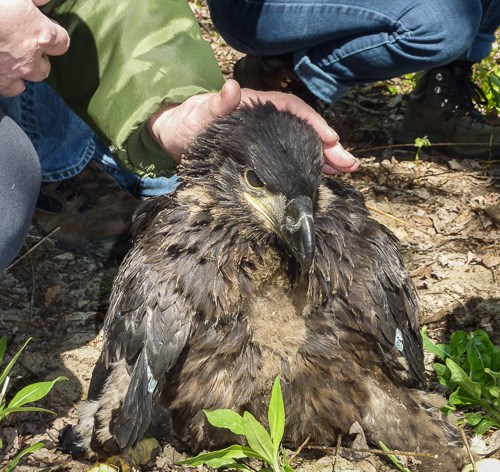
IntroductionThe land, water, and sky of the upper Mississippi River are teaming with life. The Mississippi and the surrounding bluffs and floodplains provide food and shelter for migrating birds, unique fish, and remarkable mammals. Many species of birds summer here with many more species using the river and its forests and grasslands as stopovers during their epic migrations. More than 120 species of fish make their home in the river, along with recovering mussel populations. Otters, coyotes, deer, beaver and muskrats and other mammals live along the river's banks. Wildlife in the ParkFind more information about wildlife in the park, including where to find wildlife and enjoy it. 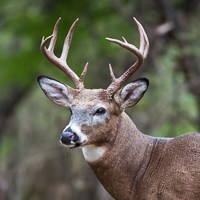
MammalsMammals in the park range from tiny, secretive northern shrews to more obvious animals such as otters, beavers, coyotes, and white-tailed deer. Black bears and mountain lions may rarely wander through the park, although neither represent resident populations. Use the checklist below to discover what mammals live in the Mississippi National River and Recreation Area. 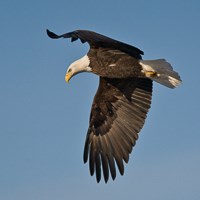
BirdsThe Mississippi National River and Recreation Area has a wide diversity of habitats available for birds making it a haven for many species. Migrants use the river as a major migratory path in both spring and autumn. Use the species checklist below to discover the diversity of birdlife in the park or peruse our sampling of bird species accounts. 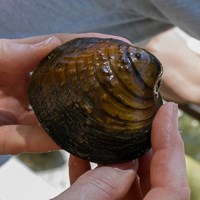
MusselsMussel populations, once rare to non-existant in our section of the river, are becoming increasingly common. While they are often overlooked mussels play a signficant role in the river's ecology and have fascinating life histories. Click on this link for more information! 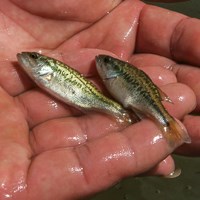
FishWe don't often see fish, except when we catch them, but the river contains large numbers of fish. Fish have made a remarkable comeback in the years after heavy pollution decimated their populations. Their presence makes it possible for eagles, otters, ospreys, cormorants, herons, mussels, and other species to live in or along the river. Use the checklist below to explore the diversity of fish in the river and explore selected fish species that make up, in part, the great biodiversity of the river. 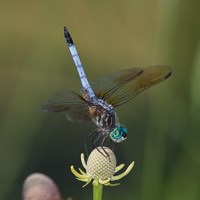
InsectsWe often find insects annoying. They eat our flowers, defoliate trees, and even bite us, but insects are an important component of our ecosystems. They help clean up dead animals and plants, are important food sources for birds and other wildlife, and pollinate many species of plants, including crops. They are an indispensible component of our environment. Learn more about some of our insects. 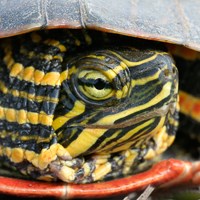
Reptiles and AmphibiansAmphibians are sensitive to pollutants and reptiles, especially snakes, are sensitive to human disturbance, loss of habitat, and overexploitation. Use the checklist below to view a list of species found in the Mississippi National River and Recreation Area. Research and Species of ConcernInvasive CarpThe Mississippi National River and Recreation Area is working on an Action Plan to stop invasive carp as far down stream as possible. Are you curious about why these fish are so bad? Read about how they might impact our rivers and lakes, how they spread, and what they eat. River OttersNorth American river otters (Lontra canadensis) were nearly extinct 100 years ago in the Upper Mississippi River Basin. Their return to the Twin Cities since the 1980's is a success story for water quality on the Mississippi River. Bald Eagle SurveyChances are high that you've seen a bald eagle along the Mississippi recently. The National Park Service is studying bald eagles to determine the persistence of various chemicals in the upper Mississippi River, the Saint Croix and the Apostle Islands. These studies provide insight into how many eagles are here, and the health of the river and related ecosystems. Park Species ListSelect a Park:Select a Species Category (optional):
Search results will be displayed here.
Get InvolvedDid you know you can help us figure out the distribution of plants and animals in our park? iNaturalist.com is a citizen science project that allows us to track the location of species we are studying, such as otters, and invasive species within our park. Check out our iNaturalist projects: |
Last updated: March 6, 2023
